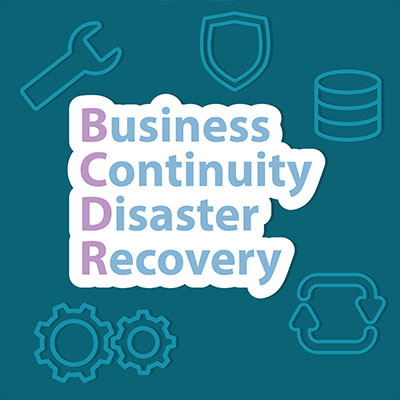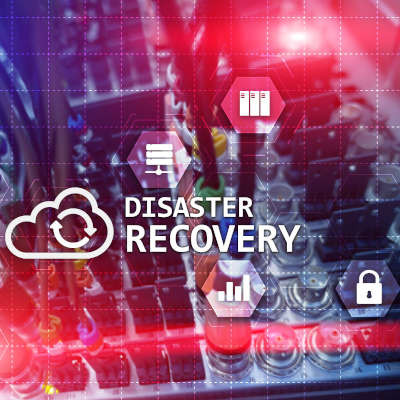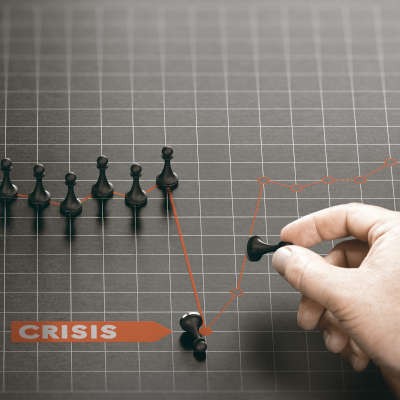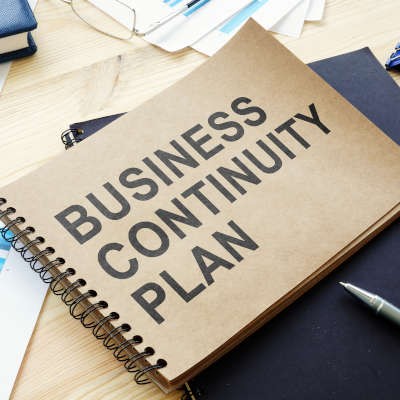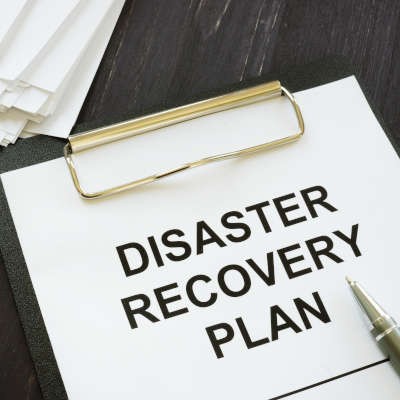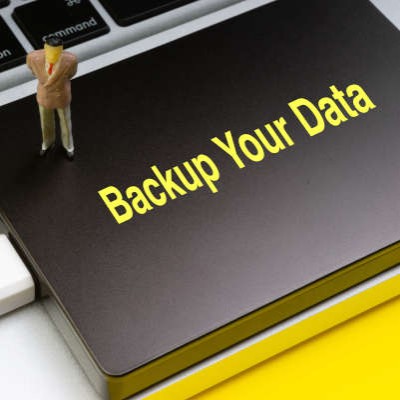It doesn’t matter where your business is located; whether it’s a tornado that rolls through your city, a structural fire that renders your office uninhabitable, or a freak snowstorm that brings down power lines or grinds travel to a halt, you’ll want to be ready for it all. We’ll go over what kinds of solutions your business can implement to ensure that no disaster, be it natural or artificial, like a cyberattack, puts a stop to your operations.
Argentum IT LLC Blog
Disasters are more common in the business world than you might think, be they natural disasters that level your office or simple electrical problems that spark a structural fire. A business-threatening disaster could occur at any moment, and it is your responsibility to ensure that it doesn’t put your business’ future at risk. To this end, we recommend you have plans for off-site operations, even if only temporary.
Data breaches are an unfortunate reality in this day and age, even during the holiday season. While it is important to do everything you can to prevent these kinds of disasters, you need to be prepared to deal with it—both in terms of your operations, and in terms of communicating with your clientele.
We’re all aware of the outage that Facebook experienced a few weeks before it announced its Meta rebrand, which prevented users around the world from accessing the services that the social media giant provides. While it may not sound like a huge deal that people couldn’t share their thoughts with one another for a short time, the ramifications stretched far beyond the inability to scroll through a Newsfeed.
No one ever hopes that they have to take advantage of their disaster recovery solution, but it is something that every business needs to have in order to sustain operations even in the worst of times. Understanding how these solutions work, as well as the goals your organization has for them, are critical to recovering post-disaster.
Businesses of all industries and sizes need to account for various disasters that could sink operations and lead to considerable costs associated with downtime. It is your responsibility as a business owner to identify what these disasters are and take steps toward addressing them, preferably before they become major problems that cost your organization time and money.
Headlines have been filled with news pertaining to the recent hack of Colonial Pipeline, which has created significant gasoline shortages up the east coast of the nation. While the pipeline has been restored, the way this was accomplished sets a dangerous precedent. On top of this, the attack seems to have set off bigger infrastructural changes in the political space.
As much as you hope it will not happen to your business, a disaster could very well strike at any time—statistics have shown as much to be true. To remove some of the risks associated with disasters and the data loss they lead to; we recommend that you implement BDR into your business continuity strategies.
Not all businesses will look at disaster recovery the same way, but if you want your business to have the kind of continuity that will allow it to get through tough situations, doing your best to formally create a disaster recovery policy will put you in the position to weather any storm you encounter.
Situations happen all the time to businesses that can really put a lot of stress on their ability to sustain operations. These situations don’t often remediate themselves. Simply put, every business needs a business continuity plan; and one-in-five don’t have one. This month, we thought we would break down a successful plan into its components to try to give businesses that may not have a plan, the basics needed to establish one.
Many small businesses in the United States—most, actually—are in a catch-22 of sorts due to the COVID-19 pandemic. While reopening too soon could contribute to a resurgence in infection rates, there is also a very real risk associated with reopening too late. To help avoid either scenario, the right technology solutions will prove to be indispensable.
Disasters, at least in the business sense, have long been underestimated. While you always, always, hear about disasters that are often seen, there are some (as we are witnessing now) that can go under the radar until they strike. Regardless of the nature of the disaster, however, you need to be prepared to continue both your operations and your communications to some degree.
“Stuff” happens. While this may not be the kind of thing you want to consider in terms of your business’ operations, it is something that must be done if you want to be prepared for the moment when all of that “stuff” hits the fan (as so many businesses are now learning firsthand). We wanted to share a few best practices and tips to help you stay positive during this, and other, serious crises.
Every business needs a continuity plan (BCP) so that if their business is forced to deal with problems that arise for any reason, that they have a working plan to get the business back up and operating as intended quickly. It’s one thing to have it all written down on paper, outlining how things are supposed to go, and quite another thing to have a working strategy when faced with operational interruptions. Today, we’ll go through some of the basics of business continuity to help you understand all that goes into a successful plan.
While COVID-19 has largely dominated the public awareness and created huge shifts and interruptions to businesses of all sizes, small businesses have clearly been impacted the most--essential and non-essential businesses alike. Of course, this doesn’t mean that large enterprises and corporations aren’t also affected. The difference is, these enterprises and corporations are sometimes better equipped to do something about it… which many have.
March 31st is World Backup Day, which makes it the perfect opportunity to share the benefits of implementing a complete backup plan. Unfortunately, the current COVID-19 pandemic and the resultant business interruptions make World Backup Day only too timely this year. Here, we’ll examine how these times make a business continuity strategy and data backup all the more important to have.
In business, having contingencies for potential problems tends to be advantageous for the business that wants to stave off ruin. When you are dealing with information technology--specifically data--ensuring that it is protected against loss in the face of the litany of threats out there is an undertaking in itself. A disaster recovery strategy is created to govern the processes a business develops to recover to restore operations in a manner that will keep the business in business. This month we take a look at two of the core variables of a disaster recovery strategy: RPO and RTO.
When we discuss backup and disaster recovery (BDR), it may seem as though we’re talking about a single process - after all, there’s just one acronym for it. However, the reality is that - while these two processes are related to one another - backup and disaster recovery each require a different preparation process, with different considerations made for each.
Data backup is one of the most important parts of maintaining a business, but it’s not something that some organizations even consider until it’s too late to undo the damage done. In any case, data backup is a critical part of any successful business, but it’s not as simple as implementing a solution and hoping it works. We’ll walk you through the proper steps for making sure your organization has a successful data backup solution when it’s needed most.
Business disasters come in all shapes and sizes, which makes it all the more important that you take the time to prepare for those that your business may be susceptible to. This strategy needs to contain numerous considerations, based on the scenario at hand. After all, there is no shortage of events that can lead to disaster in the business world.

